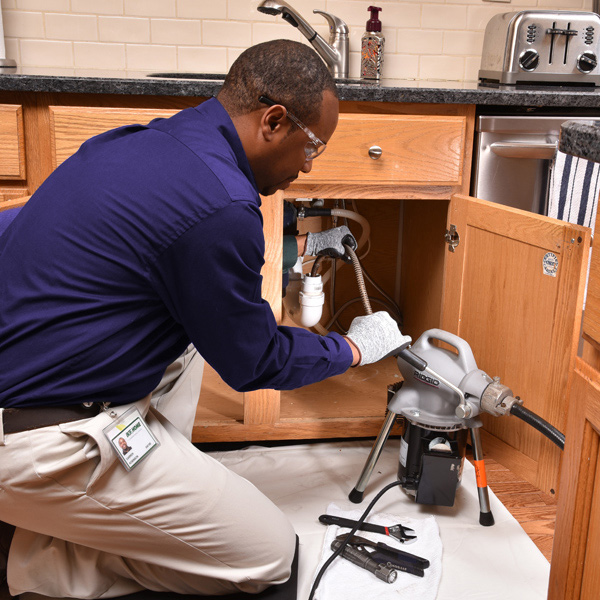CCJ In Heng Insights
Explore the latest trends and insights across diverse topics.
Plumbing Predicaments: How to Fix Your Leaks Before They Flood Your Life
Stop leaks before they drown your home! Discover expert tips to tackle plumbing predicaments and protect your peace of mind.
Top 5 Causes of Plumbing Leaks and How to Prevent Them
Plumbing leaks are a common issue that homeowners face, often leading to significant damage if not addressed promptly. The top 5 causes of plumbing leaks include:
- Worn-Out Seals: Over time, seals around faucets and pipes can deteriorate, resulting in leaks.
- Corroded Pipes: Aging pipes can corrode and develop holes, which can lead to water escaping.
- High Water Pressure: Excessive water pressure can strain your plumbing system and cause leaks to form.
- Temperature Fluctuations: Rapid changes in temperature can cause pipes to expand and contract, potentially leading to cracks.
- Improper Installation: Poorly secured pipes or fittings can lead to leakages, especially in new plumbing systems.
To prevent these pesky leaks, it's crucial to implement a few proactive measures. First, regularly inspect your plumbing for any signs of wear and tear. Replacing worn seals and corroded pipes promptly can save you from bigger headaches later. Additionally, make sure to monitor your water pressure and keep it within the recommended range. Insulating your pipes can help mitigate the effects of temperature fluctuations, while ensuring that any plumbing installations are performed by qualified professionals can prevent issues linked to improper installation. Taking these steps can help you maintain the integrity of your plumbing system and avoid costly repairs.

Emergency Plumbing: What to Do When a Pipe Bursts
Experiencing a burst pipe can be a homeowner's worst nightmare. It's crucial to act quickly to minimize water damage and prevent costly repairs. The first step is to turn off the main water supply to your home. Locate the main shut-off valve, typically found near the perimeter of your house or in the basement, and turn it clockwise to stop the flow of water. Next, drain the remaining water in your pipes by opening all faucets and flushing toilets. This will relieve pressure and help you assess the extent of the damage more effectively.
Once you've dealt with the immediate effects of the burst pipe, it's time to assess the damage and plan your next steps. If the affected area is minor and manageable, you might be able to handle the repairs yourself. However, for more extensive damage or if you're unsure of the repair process, it’s best to contact a professional plumber immediately. They can ensure that the pipe is repaired correctly and identify any other potential issues that could lead to future emergencies. Remember, timely action is essential in emergency plumbing situations!
DIY Tips for Detecting Hidden Leaks Before They Turn into Disasters
Detecting hidden leaks in your home is crucial to preventing expensive water damage and mold growth. Regular inspections can save you from disastrous consequences. Start by checking common leak areas, such as under sinks, around toilets, and behind appliances. Make a habit of looking for any signs of water stains or discoloration on walls and ceilings. If you notice a musty smell, it could indicate mold or mildew, which is often a result of hidden leaks. You can also use a moisture meter, an affordable tool available at hardware stores, to identify areas with high moisture content.
Another effective method for detecting leaks is to monitor your water bill. If you notice an unexplained increase, it may be time to investigate further. Conducting a simple dye test is another DIY approach; place a few drops of food coloring in your toilet tank and wait 10-15 minutes. If the color appears in the bowl, you have a leak. Additionally, inspect your outside spigots and hose connections, as these are often overlooked. By implementing these DIY tips, you can catch hidden leaks early, saving you from potential disasters and costly repairs.